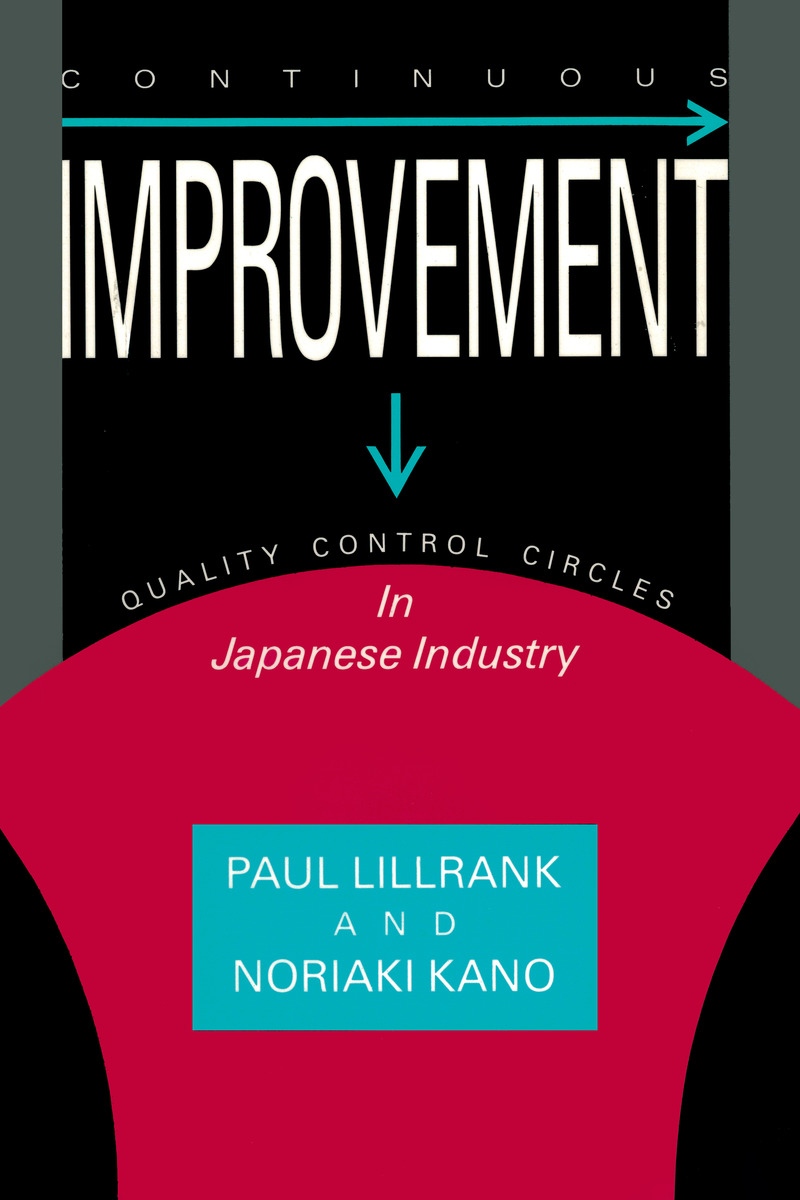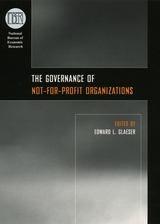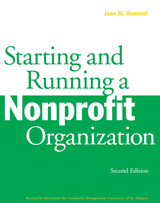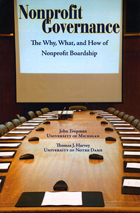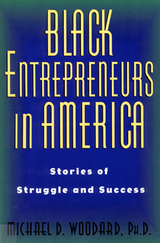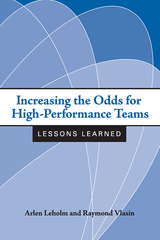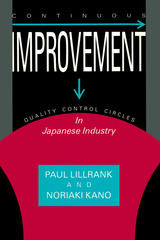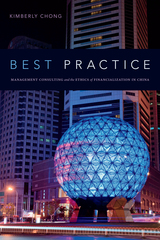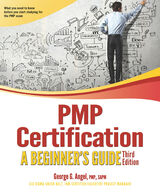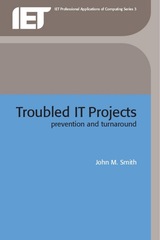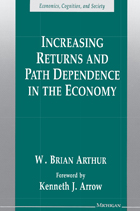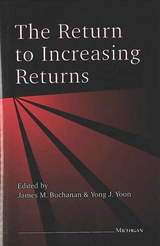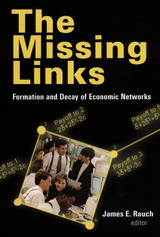Continuous Improvement: Quality Control Circles in Japanese Industry
University of Michigan Press, 1989
Paper: 978-0-939512-37-9
Library of Congress Classification HD66.L55 1989
Dewey Decimal Classification 658.5620952
Paper: 978-0-939512-37-9
Library of Congress Classification HD66.L55 1989
Dewey Decimal Classification 658.5620952
ABOUT THIS BOOK | AUTHOR BIOGRAPHY | REQUEST ACCESSIBLE FILE
ABOUT THIS BOOK
Quality Control Circles (QCCs) are small groups of workers from the same workshop, which meet, often on their own time, to discuss ways to improve the quality of their work. They are supported by management; the circles and the support structure together are called Quality Control Circle (QCC) activity. The phenomenon is widespread in Japan: as of December 1987, 264,899 circles had been registered with more than two million members. QCC activities have spread to more than fifty countries worldwide and can be considered the most famous Japanese organizational innovation to date. The Japanese QCC, in its contribution to business application and theory, may rival the discovery of the informal organization of Hawthorne Studies frame.
The Japanese QCC movement has achieved quite impressive results, which are well described in the Japanese-language literature. Of concern, however, is what sustains and causes the phenomenon. The existing literature is quite thin on these mechanisms and forces.
Our aim in this research is to develop a systematic model of the organizational nature and management of Japanese QCC activities. Quality engineering and group dynamics are not part of this study; the focus is on the supporting arrangements, not on what happens within a circle. [1]
See other books on: Business & Economics | Cultural & Ethnic Studies | Economics | Industrial Management | Japan
See other titles from University of Michigan Press
